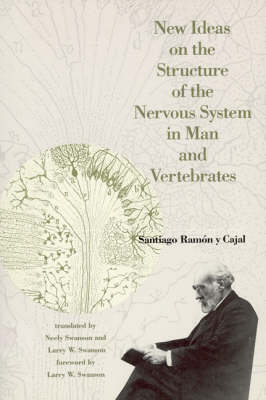This clear, direct, and accurate translation provides an excellent introduction to Cajal's work, making accessible for the first time the ideas that led Cajal to favor the neuron doctrine that revolutionized neuroscience and won for him the Nobel Prize in medicine in 1906.
Santiago Ramon y Cajal (1852-1934) is widely thought of as the founder of modern neuroscience; and his work is more frequently cited than that of any other scientist in the field. In this seminal book, Cajal summarized for a broad audience the modem cellular view of brain organization. This clear, direct, and accurate translation provides an excellent introduction to Cajal's work, making accessible for the first time the ideas that led Cajal to favor the neuron doctrine that revolutionized neuroscience and won for him (with his rival, Camillo Golgi) the Nobel Prize in medicine in 1906.New Ideas on the Structure of the Nervous System in Man and Vertebrates presents the histological evidence for the laws governing the form and connections of nerve cells. This work and the principles that emerged from it formed the cornerstone for our current understanding of how the nervous system is organized. The book also presents in simplified form the ideas contained in Cajal's famous survey of vertebrate neurohistology, Histologie du Systeme Nerveux de l'Homme et des Vertebres, unquestionably the most important book ever published in neuroanatomy, and which to this day has not been translated and published in English because of its extraordinary length.
- ISBN10 026218141X
- ISBN13 9780262181419
- Publish Date 9 August 1990
- Publish Status Active
- Out of Print 18 February 2022
- Publish Country US
- Publisher MIT Press Ltd
- Imprint MIT Press
- Format Hardcover
- Pages 211
- Language English
- URL http://mitpress.mit.edu/9780262181419
